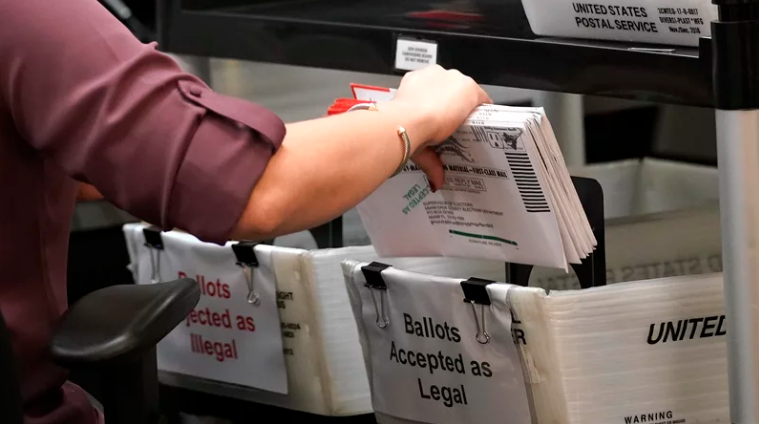
A ballot cure process lowers rejection rates of mail ballots by allowing voters to correct certain issues with their ballots, like forgetting to sign the ballot return envelope or correcting their signature because it does not match the one on file in your registration record. Upon discovering a curable issue with a voter’s ballot, election officials should promptly notify the voter with whatever means available — phone, text, email, mail — and provide instructions for how to easily correct the problem.
It’s also crucial that voters are given enough time to correct, or “cure,” these issues up through and post Election Day. National Vote at Home Institute recommends providing voters at least until five days after an election to return the proper forms or attestations. By preprocessing ballots, states can extend the amount of time staff has to contact voters and allow them to cure their ballots. See “Preprocessing.”
Why It's Important
- Enfranchises voters. Without a permanent cure process, voters who vote by mail ballot experience a higher rejection rate. This is particularly troubling because groups that may encounter more issues with their signature, like seniors or people living with disabilities, vote by mail at disproportionately high rates. By establishing a cure process, states can lower their ballot rejection rates.
- Increases voter confidence. When provided an opportunity to correct mistakes, voters can have greater confidence that their vote will be counted. Also, voters will gain a greater understanding of the steps election officials take to ensure the person who returned the ballot is, in fact, the voter who cast the ballot.
Cure Processes Across the US
Oops it looks like you’re viewing this page on a mobile device. Get the full experience on your desktop!
Last updated
- August 10, 2022

